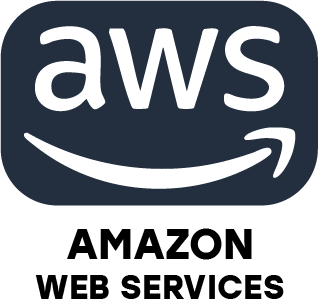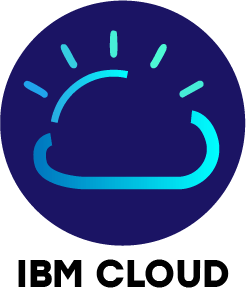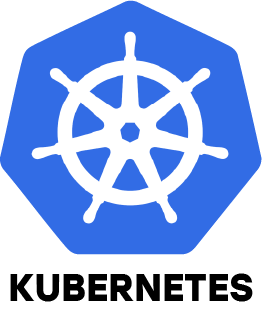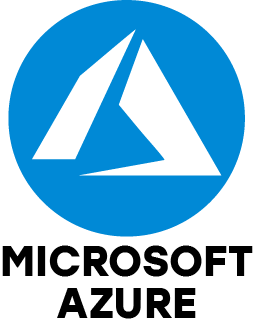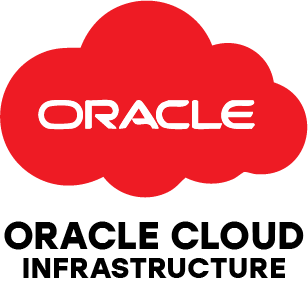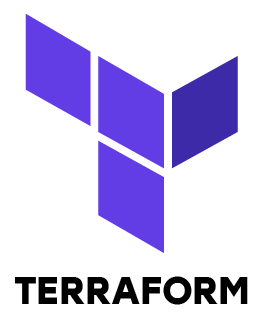1. What are the key differences between IaaS, PaaS and SaaS in cloud computing?
Ans:
Virtualized physical resources, such as servers and storage, are provided by Infrastructure as a Service or IaaS, where users control the operating system and applications. Without being concerned about keeping up the underlying hardware, Platform as a Service or PaaS, gives developers an environment that is ready to use for creating and deploying apps.
2. How are roles and permissions managed in AWS IAM?
Ans:
AWS IAM lets you control can access what in your AWS environment. You can create users, assign them to groups and attach permission policies written in JSON. IAM roles provide temporary access ideal for apps or users from other accounts. Using groups manage permissions efficiently across multiple users.
3. What are the steps to set up auto-scaling in AWS?
Ans:
Begin by creating a Launch Template or Launch Configuration that defines your EC2 instance setup. Next create an Auto Scaling Group and set minimum and maximum instance limits. Attach scaling policies based on metrics like CPU usage so AWS automatically adds or removes instances as demand changes, optimizing performance and cost.
4. What is the role of Azure Resource Groups?
Ans:
Azure Resource Groups are containers for managing related resources like VMs, databases and storage. They help organize and control resources with shared permissions, policies and deployment templates. This simplifies resource management, cost tracking and lifecycle operations in Azure.
5. How is data backup and recovery handled in the cloud?
Ans:
Cloud platforms offer backup tools like AWS Backup, Azure Backup and Google Snapshots to automate data protection. Backups can be scheduled, versioned and encrypted for security. Recovery involves restoring data to the original or alternate location and best practices include using multi-region backups and regular recovery testing.
6. How does CI/CD work on cloud platforms like AWS or Azure?
Ans:
CI/CD automates the software development pipeline from code changes to deployment. Services like AWS CodePipeline and Azure DevOps handle building, testing and releasing updates automatically. This ensures faster delivery, fewer errors and smooth transitions from development to production.
7. Which tools are used for automating infrastructure?
Ans:
Common automation tools include Terraform for infrastructure as code, Ansible for configuration management and AWS CloudFormation for automating AWS resource deployment. These tools help create, manage and scale infrastructure consistently with minimal manual effort.
8. How do you secure a multi-cloud environment?
Ans:
Securing multi-cloud setups involves applying unified access controls, encryption and continuous monitoring across all platforms. Tools like AWS Security Hub and Azure Security Center help detect threats, while role-based access, secure APIs and compliance checks maintain security regardless of the cloud provider.
9. What is the function of load balancers in the cloud?
Ans:
Incoming traffic is divided across several servers using load balancers to avoid overload and ensure reliability. They route requests to healthy servers and bypass failed ones, supporting high availability, better performance and smooth user experiences on cloud platforms.
10. How do vertical and horizontal scaling differ in cloud computing?
Ans:
Vertical scaling means increasing a single server’s power, like adding more RAM or CPU. It’s simple but hardware-limited. In order to manage horizontal scaling, more servers must be added traffic, which offers better fault tolerance and is ideal for growing or unpredictable workloads.

